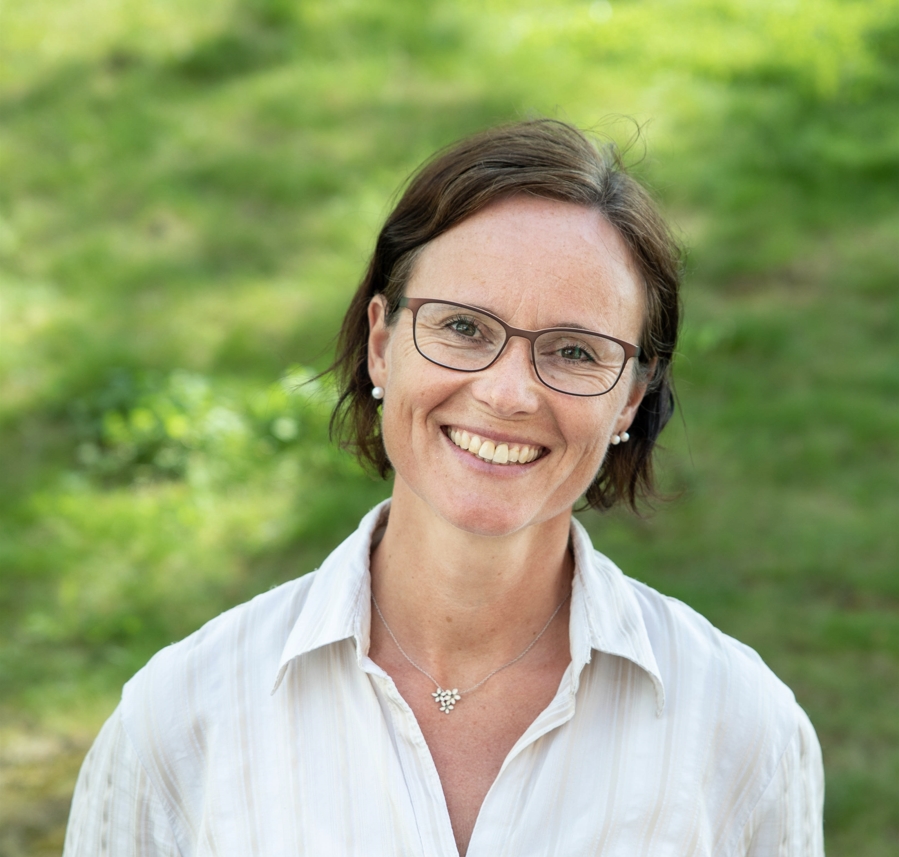Member of the Programme Board of CLIMIT
Hanna Lerche Raadal is a civil engineer from NTNU and with a PhD from NMBU titled ‘Greenhouse gas (GHG) emissions from electricity generation systems. Tracking and claiming in environmental reporting’. She began as a researcher at the Norwegian Institute for Sustainability Research (NORSUS), formerly Ostfold Research, in 1996 and since 2020, she has been Head of Research at the Institute. Raadal also holds the position of Associate Professor II at NMBU where she teaches at the Faculty of Environmental Sciences and Natural Resource Management.


